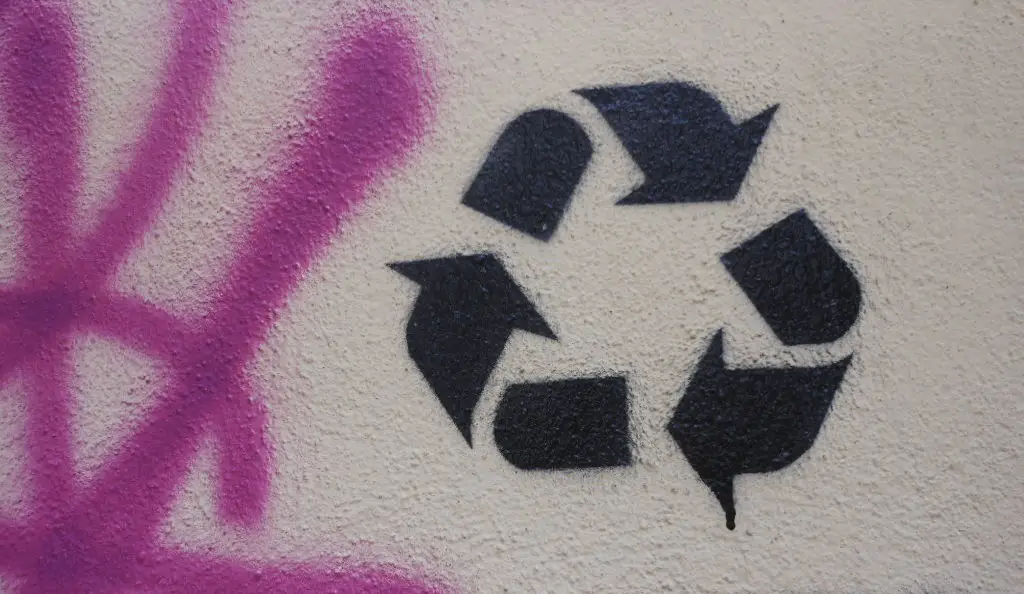One of the first things I do when friends visit me in Brooklyn is point out an endless fleet of unmarked Ford cargo vans flying up and down Flatbush and Vanderbilt Avenues. “So those are the dollar vans and,” as I point to some one flagging one down, “I mean, I’ve never taken one but they’re all over the place and I have no idea how that system works.” I’ll blame my suburban squeamishness for never raising my hand at a pleading, high pitched honk from a shoddy looking E-350 and catching a ride to wherever they end up going but there’s no doubt they provide a service to Brooklynites who have lived here and suffered through the dearth of transit investment in this borough far longer than I have.
There’s not really any mystery behind this shadow transit service: Lisa Margonelli covered it on the Atlantic’s blog late last year, and outlets from the Post to the Times have given the service ink, not to mention the thousands of people who take dollar vans (alright so they’re actually $2 vans) everyday because of a lack of efficient transit in their neighborhoods. They’re mostly unlicensed which means that riders are taking a certain granule of risk in their daily commute and if you’ve ever seen a 14-passenger van weaving in and out of residential traffic you’ll understand that it’s perhaps not that insignificant a risk. Dollar vans are also crushingly efficient, especially compared to MTA bus services in “forgotten” corners of Brooklyn. (A study cited by Margonelli points out that “on some corners there [are] four city buses an hour and 45 to 60 vans.”)
It’s no secret that New York’s outer boroughs are sort of screwed when it comes to transit access. There’s also no chance that the MTA will be expanding service any time in the near future, especially with the fiscal climate pushing gradually closer towards cold pragmatism and austerity. (There’s actually not much wrong with this but the idea that closing routes and stations with measurably low ridership levels is somehow more palatable than engaging internal audits or making strides in administrative efficiency strikes me as misguided at best and taking advantage of people with shallow pockets at worst.)
For everyone thinking that the market has corrected itself again and that entrepreneurs are shrewdly filling a gap that government can’t logically fill, well it’s not exactly that easy. The City’s Taxi and Limousine Commissions attempt to install van service along a now defunct bus line (B71) sputtered in 2010 and never made it past the pilot program, which shouldn’t be that surprising considering these routes were closed because very few riders used them. It’s actually best to think about both the regulated (MTA) and unregulated transit markets (dollars vans; and in this instance “transit” will mean bus service because running a black market subway, which extremely cool, is probably not going to happen) as two different peaks flanking a valley that contains an amalgam of different people that have been left behind by both transit markets.
Now here’s an idea that comes straight from the most Keynesian part of my soul: the job of the MTA should be to look out for the most disenfranchised urban residents and provide them an opportunity to get to and from economic centers of activity and since bus services are the easiest to change (yes, there will always be residents who clamor about buses steaming through their neighborhoods; the B65 goes by my bedroom window like clockwork every 20 minutes) there’s opportunity for realignment that caters towards that Keynesian-cum-altruistic bureaucratic worldview.
On the other hand, there’s ample opportunity for ambitious entrepreneurs to augment transit services on already busy routes, and they shouldn’t, at least in this writer’s completely personal opinion, be punished for picking up some administrative slack. I know the cries of “where would it stop? Do you want to outsource housing as well?” are coming, but perhaps these shadow services deserve the Bunny Colvin treatment (without the later exploitation of a complacent population of law breakers): Let them operate with oversight but without the same scrutiny as other public services.
It’s unfortunate that we’re in an era where urban infrastructure is seen as the easiest fat to cut out of a bloated budget, but that’s the reality of the New New York. Brooklyn’s dollar vans are just filling a gap that no one wants to fill—conservatives should be lauding the market-based solution to a governmental shortcoming and liberals should be happy about the transit access, albeit informal, for low-income neighborhoods.


